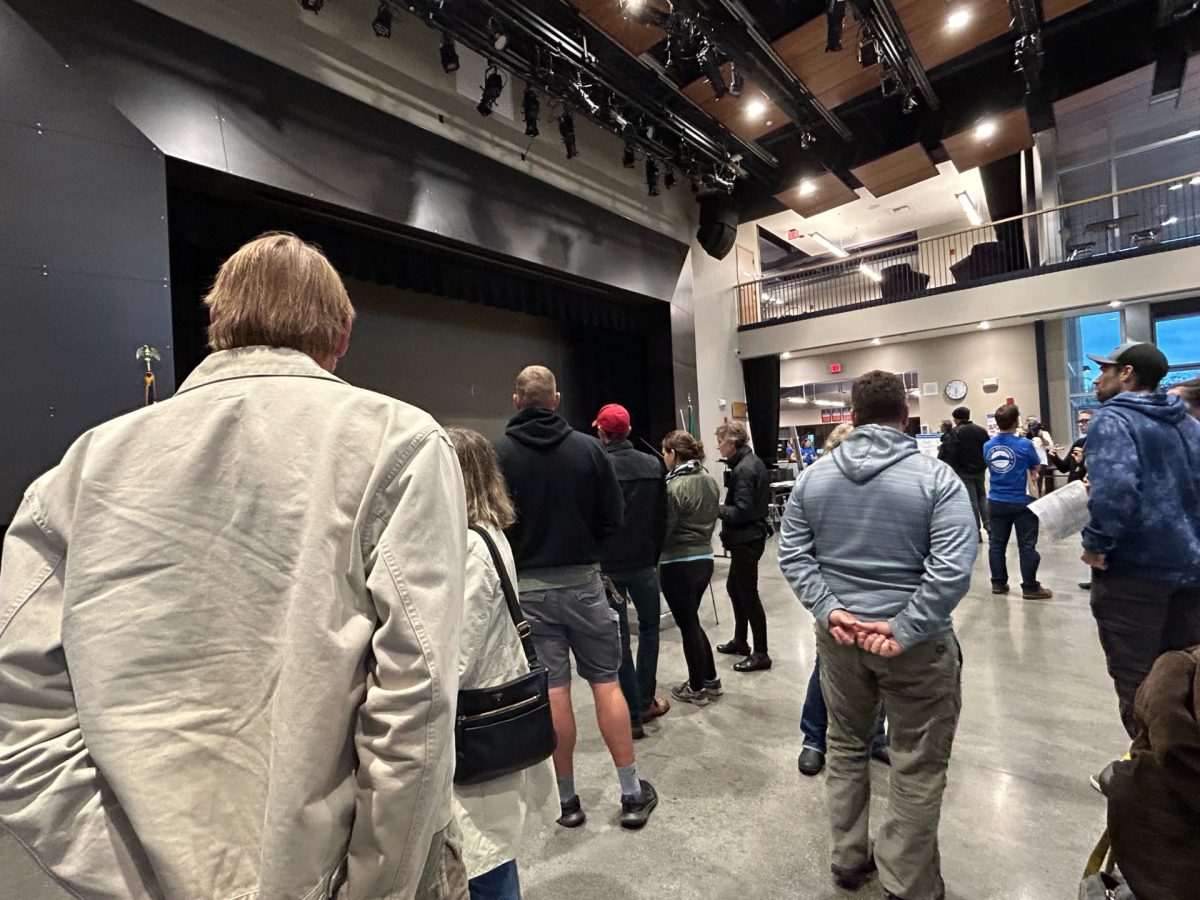On Tuesday September 26th, The City of Bellingham hosted an open house to gather public input and give information about the city’s Periodic Plan.
Every decade, the city submits a new Periodic Plan outlining the city’s upcoming changes. Previous plans have majorly impacted the city as it is today. In 2006, prioritization on growing the city and solving infrastructure challenges helped incorporate the Waterfront Vision and construct an Urban Village framework. In 2016, focus on decreasing housing costs and disparity has implemented more housing for houseless individuals. Identification on these issues throughout the rest of 2023 through listening sessions and outreach to the public will help decide which problems the city will tackle. Starting 2024, the city will shift its focus, moving to round table discussions and narrowing in on specific issues. Nearing the end of 2024, the city will begin to review the draft of the plan through open houses and feedback from the board. Finally, the plan will be adopted mid-2025 after a legislative process.

The Plan’s legislative process ensures it is consistent with recent changes in legislation, including HB 1220, which requires the city to address racially disparate impacts of existing housing policies, HB 1181, which requires that the city reduces emissions, HB 1110, which changes the sizing of land plots, and HB 1337, which impacts AUDs. These laws will impact the way the city’s growth
City growth is a crucial part of each Bellingham Plan. Options in growth include focus on growing urban areas, favoring small commercial services within walking distance to residential areas, encouraging higher density development with transit corridors, favoring infrastructure in low-income areas, and expanding city bounds into other territory. While it is important to protect the core of Bellingham, growth is inevitable, and the City Plan must reflect this. By 2045, Bellingham’s population is projected to grow to almost 140,000, far more numerous than the current population of 95,960. Planning for city growth in advance will protect natural lands outside the city and effectively lay out infrastructure inside the city, create affordable housing, help stabilize real estate prices, and better realize Bellingham’s vision.
Many participants in the open house expressed strong views on Bellingham’s growth, writing about the need for protecting and expanding parks, building more pedestrian and bike zones, preserving of the pump track and the waterfront, and making spaces for family recreation.
Bellingham’s role in climate change has been an important topic in recent years. To comply with House Bill 1181, the Bellingham Plan must include policies related to improving climate preparedness, response, and recovery efforts, maximizing economic and environmental benefits, and reducing overall vehicle emissions. All climate action is guided by the Climate Action Plan which currently seeks to increase electric vehicle use, reduce overall emissions, plan for extreme heat and wildfires, and create renewable energy. These initiatives will be included in the upcoming Bellingham Plan to decrease the city’s impact on climate change.

Participants also believed the city’s environmental impact to be a key topic. Many suggested protecting green spaces, reducing tree cutting, growing public transportation to encourage people out of their cars, and being better prepared to address heatwaves and fires while educating the public on how to react to these disasters to protect themselves.
The city acknowledges that housing costs are one of its stronger problems, with options being too limited and pricing too high, leading to increased homelessness and public safety concerns. Attendants expressed the need to increase co-housing, set limits on rental properties owned by one person, limit rent increases, increase neighborhood density through AUDs, and build more duplexes, triplexes, and townhouses. Before housing in Bellingham is addressed, many believe that homelessness and the safety of the downtown area will remain. However, many also point to increasing mental health and substance use disorder treatment as a way to effectively help Bellingham’s homelessness crisis.
This decade’s Bellingham Periodic Plan will shape the city’s future development and help solve many of its current issues. For more information, visit the City of Bellingham’s page on the Bellingham Plan, and contribute by taking the survey and signing up for future updates.






